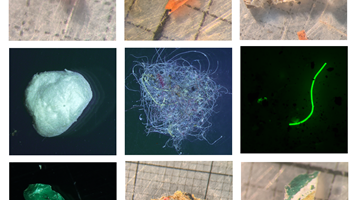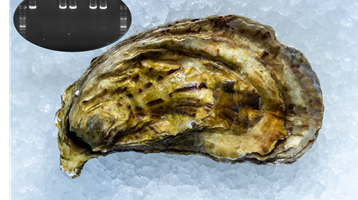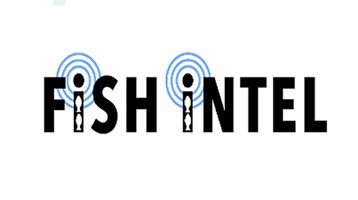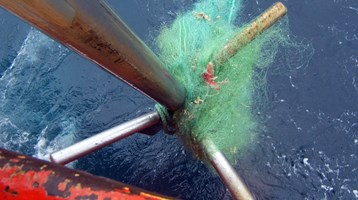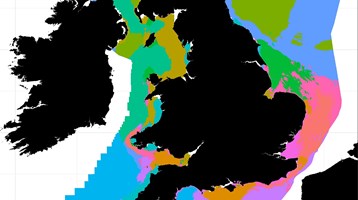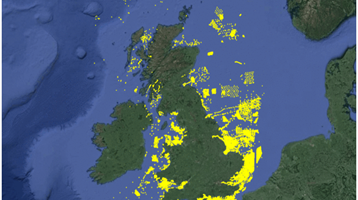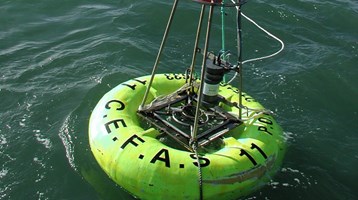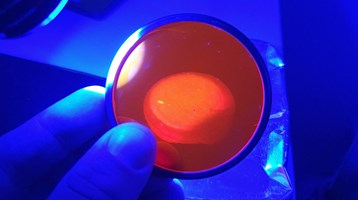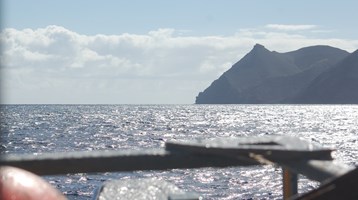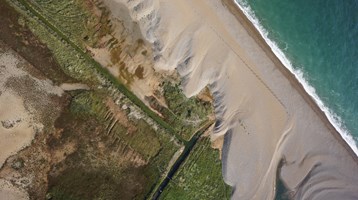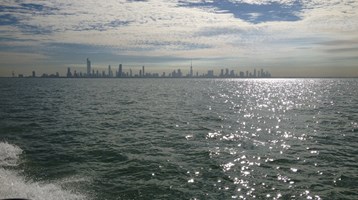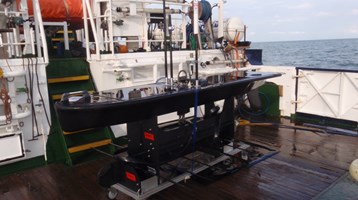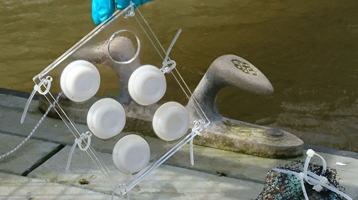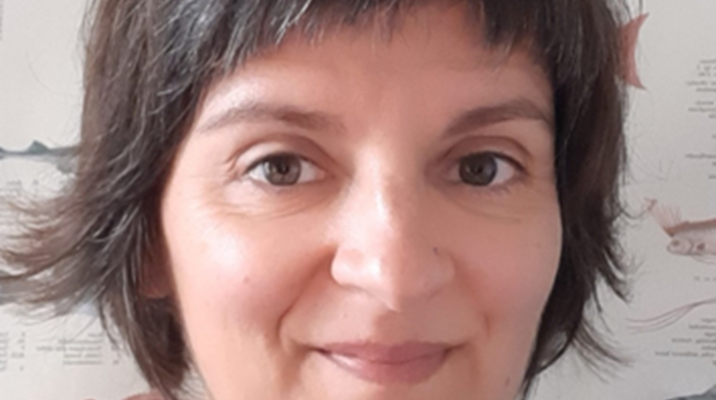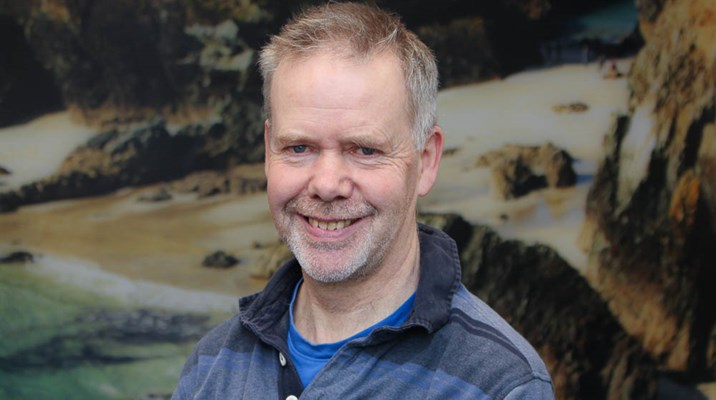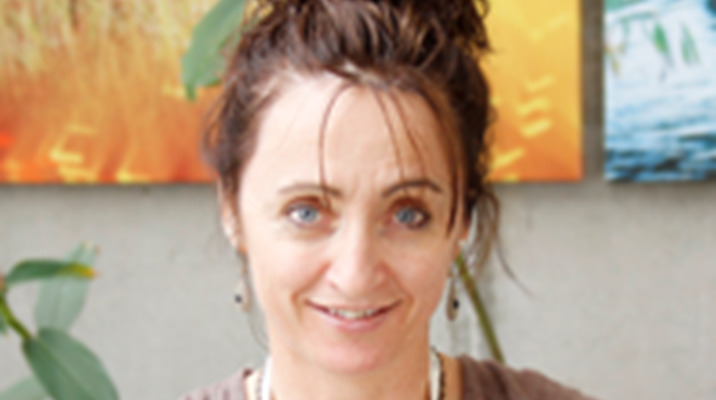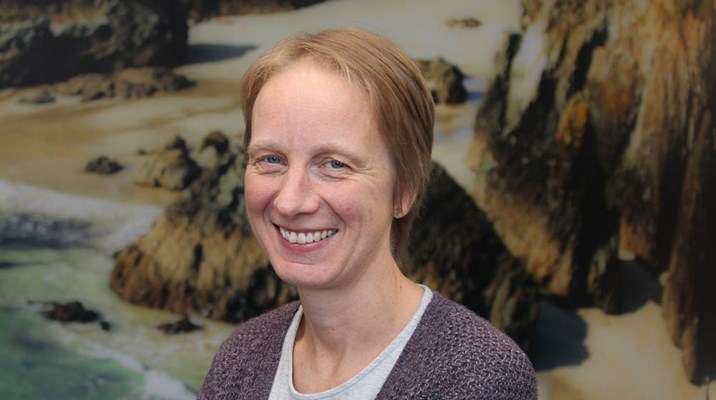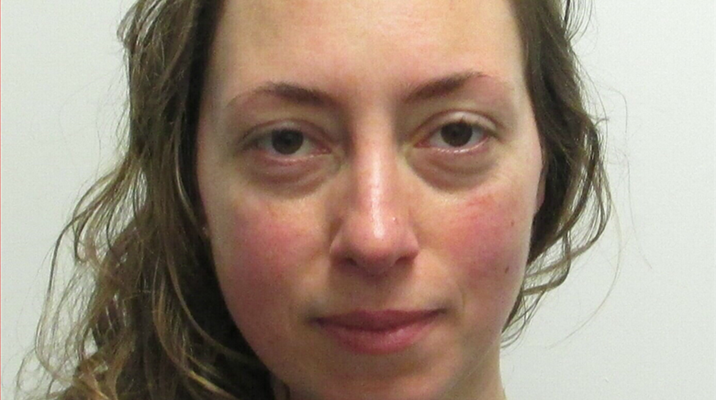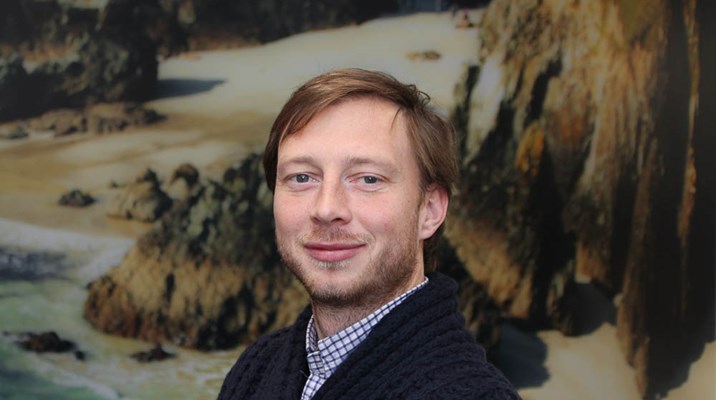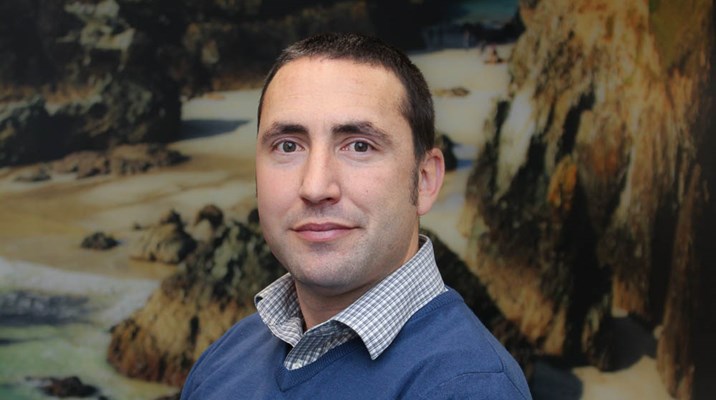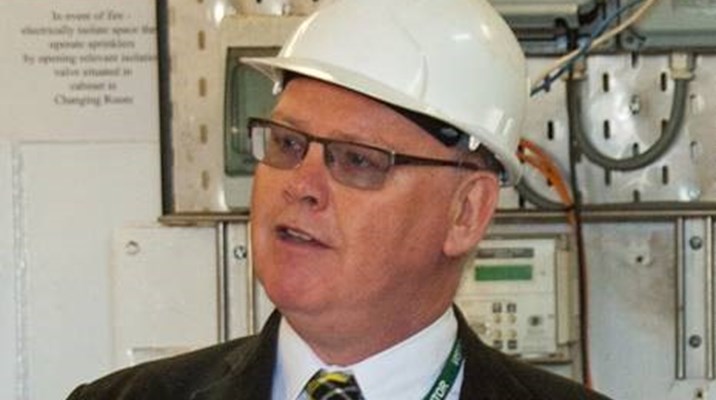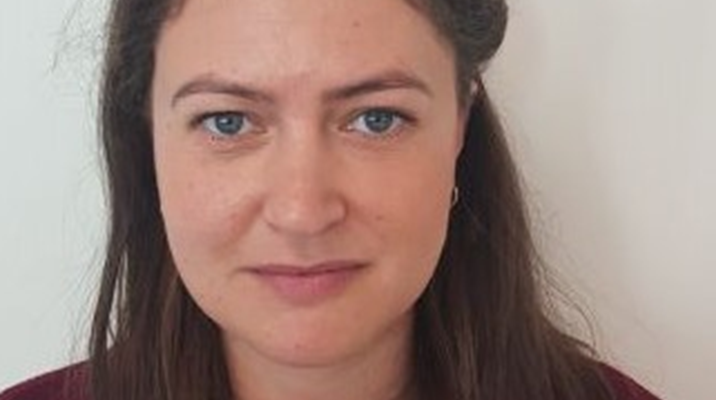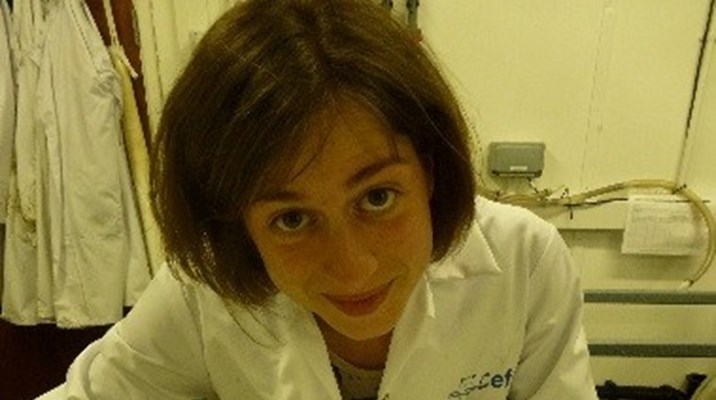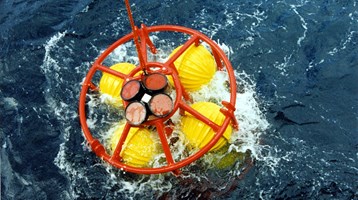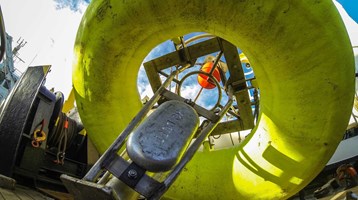Sophie Pitois
Pelagic Ecologist
Sophie's current work area focuses on developing cost-effective monitoring tools for pelagic habitats; in particular for zooplankton, as this is a critical component of the marine food web and a major gap in zooplankton data has been identified to fulfill requirements of policy and associated monitoring programmes.
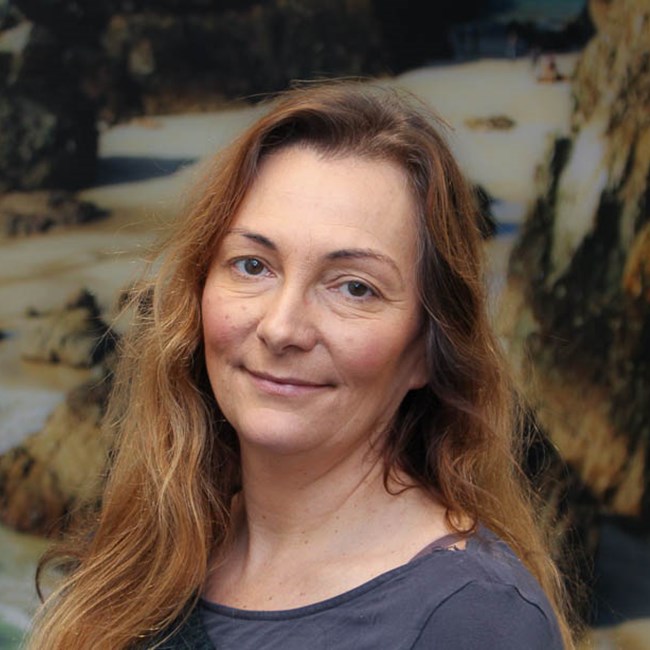
Sophie graduated in 1997, with a PhD on freshwater eutrophication. Her area of expertise has since then evolved and since starting at Cefas in 2003, her focus has been on the role of zooplankton in the marine ecosystem and its influence on fisheries. She has experience in the analysis of long-term time series and in 2005 was awarded an associate researcher grant with SAHFOS, as a result of collaboration and gained knowledge of CPR data. Sophie's research includes studies on the impact of climate change on zooplankton, early life stages of fish, and the recruitment of commercial marine fish species and the development of Individual Based models; as well as gelatinous plankton, including the spread of non-native species and their impact on invaded ecosystems.
More recently Sophie has developed an interest in optimising monitoring techniques, with a specific interest on zooplankton, to fill a recognised data gap in this specific component of pelagic ecosystems. Her current area of work is around the automatization of ship-based instrumentation to collect, analyse this pelagic data continuously, and integrate the information from several sources before making the result available in near real-time. A specific focus is on developing the Plankton Imager, an automated real-time high speed colour line scan-based imaging ship-based instrument, that can take pictures of zooplankton continuously from water passing through it and pumped continuously as the ship is underway. The ability to collect high frequency data opens a new area of marine science with associated challenges and Sophie is currently investigating the possibility of applying AI techniques in “big data” analytics to integrate this multimodal information for a more holistic approach to our understanding of ecosystem functioning, and evaluation of marine environment status.
Publications:
Selected Publications:
- In situ automated imaging, using the Plankton Imager, captures temporal variations in mesozooplankton using the Celtic Sea as a case study. J Scott, S Pitois, H Close, N Almeida, P Culverhouse, J Tilbury, G Malin. Journal of Plankton Research 43 (2), 300-313
- A first approach to build and test the Copepod Mean Size and Total Abundance (CMSTA) ecological indicator using in-situ size measurements from the Plankton Imager (PI). SG Pitois, CA Graves, H Close, C Lynam, J Scott, J Tilbury, ...Ecological Indicators 123, 107307
- Comparison of a cost-effective integrated plankton sampling and imaging instrument with traditional systems for mesozooplankton sampling in the Celtic Sea. SG Pitois, J Tilbury, P Bouch, H Close, S Barnett, PF Culverhouse. Frontiers in Marine Science 5, 5

